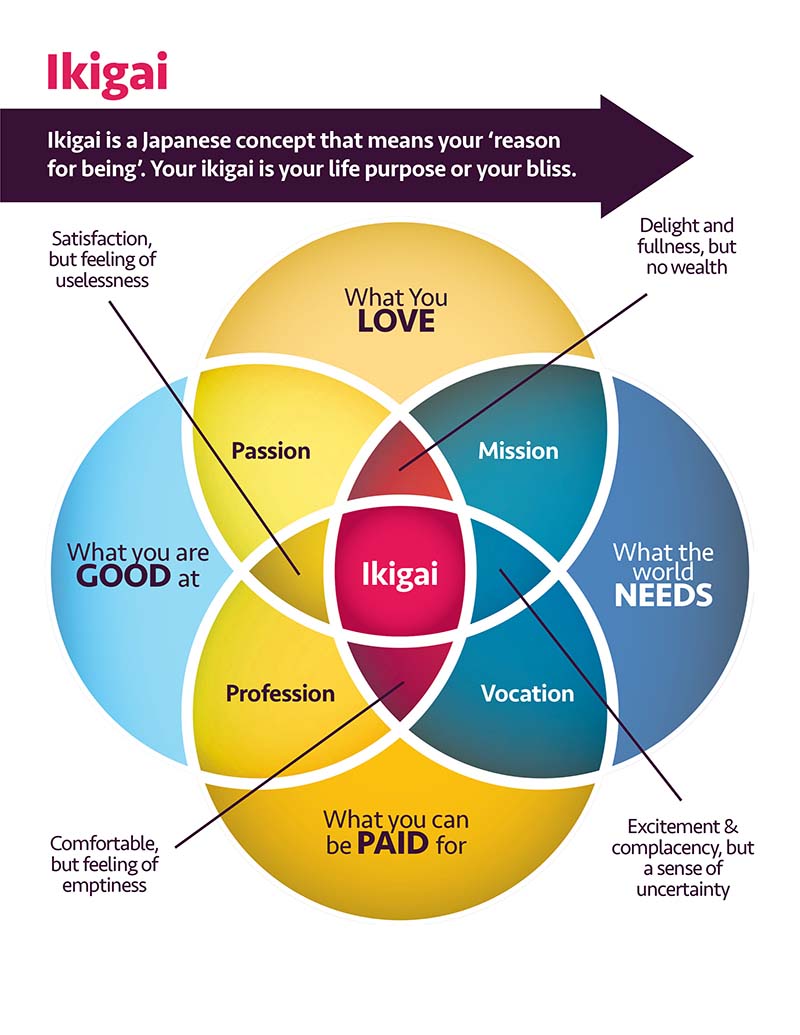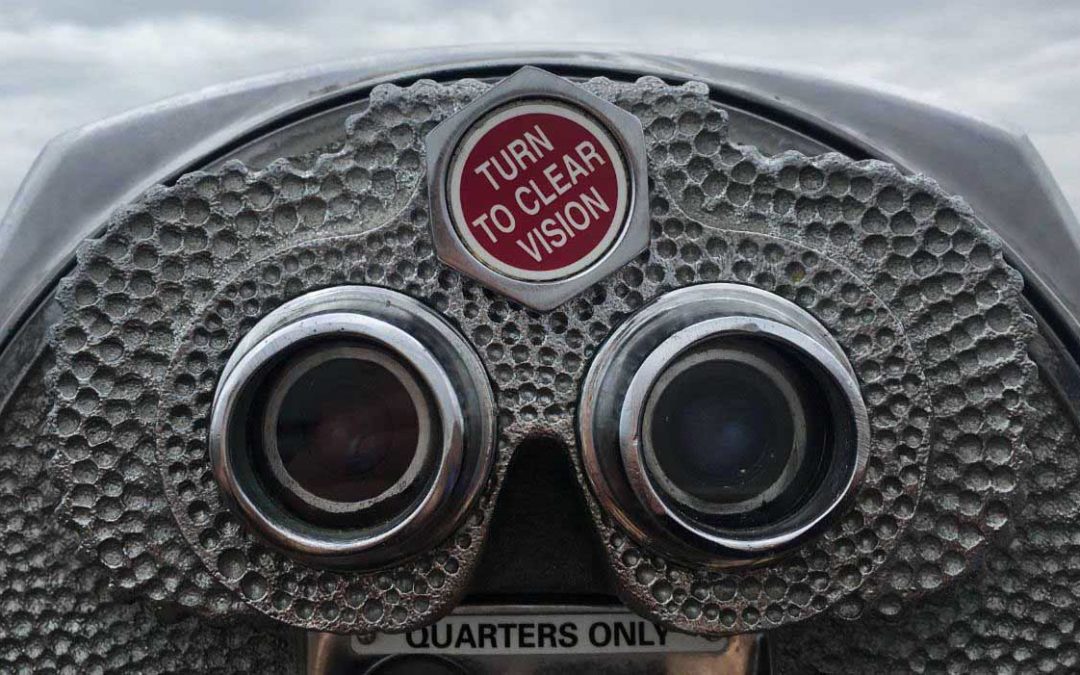“You’ve got to be very careful if you don’t know where you are going because you might not get there.” – Yogi Berra
Business leaders can often attribute a significant amount of their success to their work ethic, grit, and tenacious spirit. How could they not see results from long days (and nights) of hustle to make big things happen. What separates long-term success from the short-term drive is the ability to create a disciplined, repeatable, and predictable system within the organization. What does that have to do with a business vision statement? It’s as simple, though not easy, as getting everybody on the same page behind the why of your company. Don’t believe me? Think of a company that you have admired for quite some time – one that stands out in the field of many others that do just what they do. Now search for their vision statement. That’s what you need for the company if you intend to organize and execute around priorities.
The Difference Between Vision & Mission Statement
To be perfectly clear, a mission statement is the ‘now’ of your organization and answers the question of why you exist to your team, community, and clientele. Vision statements paint a picture of the future you envision bringing into existence; they are inspirational and aspirational. This beacon acts as a lighthouse, steadfast in its unwavering direction to both guide and motivate the team to actively choose to be a part of that clear vision. Your vision exists to fulfill the purpose delineated in your mission statement.
What Shapes Your Vision Statement
In order to build a proper business vision statement, we at Leader’s Cut begin with the Japanese concept of Ikigai, which means “reason for being”. Expressed as a four-part Venn diagram consisting of what you love to do, what the world needs, what you can be paid for, and what you are good at it offers the clearest process for answering the eternal question, “why”? It is no coincidence that Simon Sinek’s first viral video is aptly called, ‘start with why’. Answering this question is unifying no matter an individual’s natural genius, we come together and prefer to start with why. As you look at the Ikigai diagram, you’ll see that the four crossover components are vocation, profession, passion, and mission. The center is, of course, Ikigai. Once you clearly articulate the organization’s reason for being, you are ready to craft your vision statement. 
How To Use Your Vision Statement
How many times have you either seen a vision statement on the wall of a company you’re visiting or one that you work at, yet it doesn’t seem to live in the thoughts and actions of the company? To be effective, your vision has to live in the halls in addition to being posted on the walls. How do you do that? Much like Core Values, vision becomes an element of every stage of employee and client interaction. It’s an interview question: “tell me how you see your role in bringing our vision to life”. And it’s part of the answer when a client asks, why should I work with you? Your Vision Statement becomes a test for strategic decisions by asking, does this person, resource, partnership fit with our mission? If so, the answer is yes. If not, the answer is no.
Time To Find Your Ikigai
If you’re wondering how getting clear about vision can help you and your organization achieves your mission, then it’s time to look at Executive Coaching from Leader’s Cut. What’s your first step? You can begin with a quick Meet & Greet to see if there’s chemistry if Ken has the background you need and if our process, Making the Cut™, is the missing link to unbridled success. Ready for more than an introduction? Then the Breakthrough Strategy Session is for you! This is for leaders who are ready to kick tires, dig in, and determine if coaching is right for them. Both are complimentary in order for you to glean the information you need to make the right choice.




